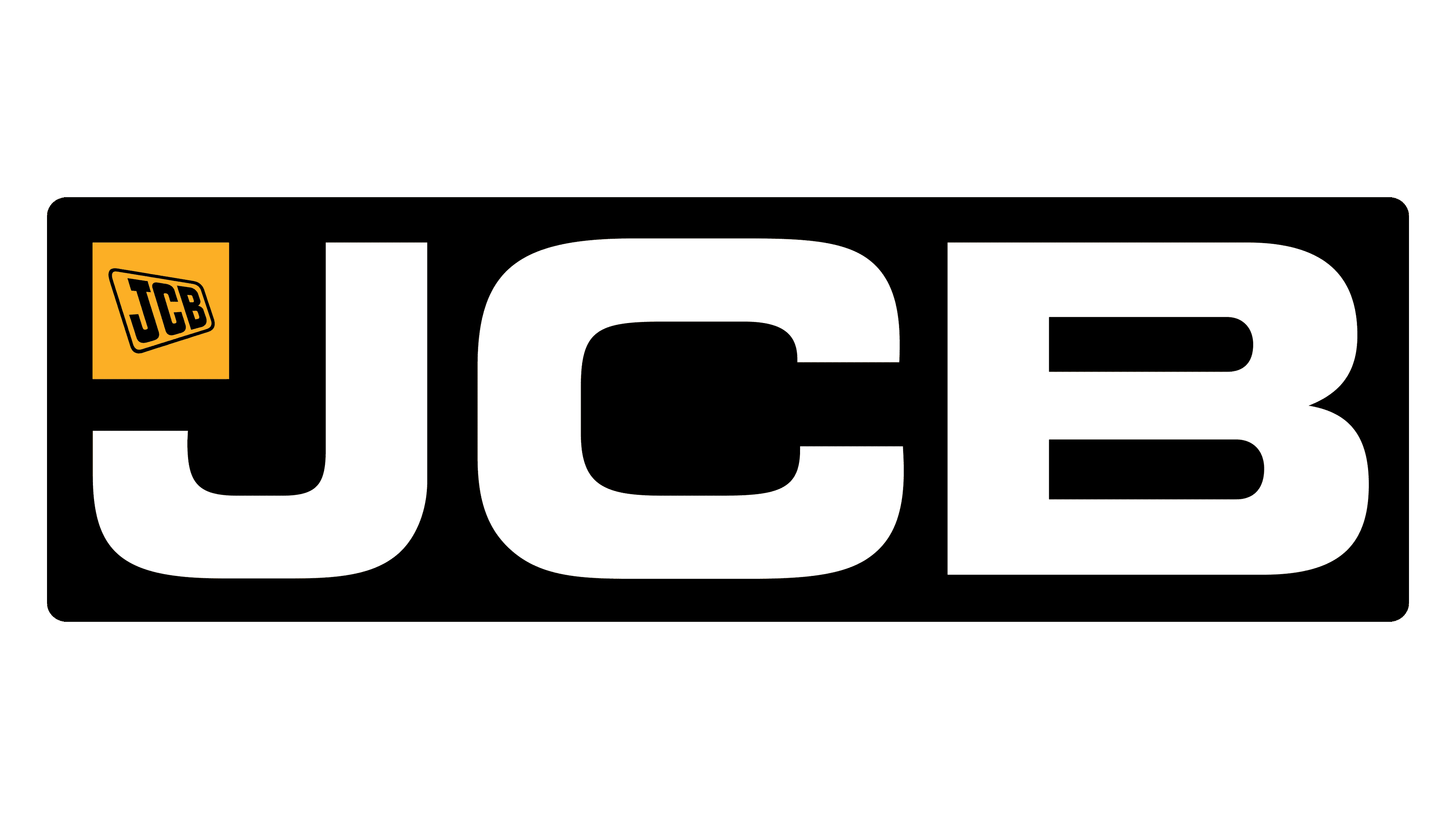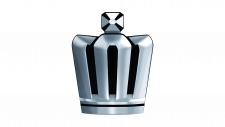JCB Logo
JCB is a leading British multinational, producing construction and agricultural machinery, and equipment for waste handling and demolition. It’s among the top three global construction equipment producers, with a range of over 300 machines. JCB operates 22 factories globally, serving over 150 countries with its wide machine range. The Bamford family maintains ownership, focusing on innovation and quality. JCB dominates markets in Europe, North America, Asia, and is expanding in emerging economies. JCB’s expansion signifies a commitment to industrial leadership and market adaptability. The company’s global reach is a testament to its engineering innovation and customer focus. JCB’s machinery is synonymous with durability and performance in demanding industries.
Meaning and history
JCB, formally known as Joseph Cyril Bamford Excavators Limited, boasts a storied history tracing back to its inception in 1945. Founded by the visionary Joseph Cyril Bamford, the company initially found its niche in agricultural equipment. However, the 1950s saw a game-changing pivot when JCB introduced its groundbreaking hydraulic excavator, forever altering the construction landscape. This pivotal moment marked the genesis of JCB’s unwavering commitment to construction machinery.
Over the ensuing decades, JCB’s product portfolio grew to encompass an impressive array of construction equipment, including backhoe loaders and skid steer loaders, among others. It was this dedication to innovation and unyielding emphasis on quality that catapulted JCB into the international spotlight. Their machines, always resplendent in their distinctive yellow livery, became a symbol of excellence.
In terms of ownership, JCB has steadfastly remained a family-run enterprise, with the Bamford family at its helm. Sir Anthony Bamford, the scion of the founder, assumed leadership during the 1970s, steering the company towards global expansion and enduring prosperity.
Throughout its journey, JCB deftly navigated shifting market dynamics, introducing eco-friendly machinery and establishing manufacturing hubs across the globe. Their unwavering reputation for reliability and pioneering technology firmly entrenched them as a dominant force in the global construction equipment arena.
JCB born of Joseph Cyril Bamford’s vision in 1945, evolved from humble beginnings as an agricultural equipment manufacturer into a revered global juggernaut in construction machinery. The Bamford family’s enduring influence in ownership and management has been instrumental in crafting JCB’s enduring legacy as an industry titan.
What is JCB?
JCB stands for Joseph Cyril Bamford Excavators Ltd., a prominent British multinational corporation known for producing construction, agriculture, and demolition equipment. Renowned for its iconic backhoe loaders and diggers, JCB has a global presence, with its machinery being synonymous with durability and innovation in the heavy equipment industry.
1945 – 1978
The logo features a bold, monochromatic design with three interlinked uppercase letters. The blocky typeface suggests strength and robustness. Sharp letter edges and subtle inner curves offer dynamic contrast. The shield-like logo shape implies protection and durability. It uses a classic black and white color scheme for a timeless look. Black dominates, highlighting the white’s intricate letter overlaps and contours. The design is clean, without extra embellishments, emphasizing the stark lettering. This logo represents solidity, reliability, and straightforward branding. The minimalism reflects a focus on functionality over frills. It stands as a symbol of enduring quality in a fast-paced world.
1978 – 2003
The logo depicted is a striking and vivid design, with a bright yellow rectangular backdrop that commands attention. The three letters of the acronym are displayed in a bold, black font that stands out sharply against the yellow. Each letter is capitalized, and the font is hefty and solid, conveying a sense of robustness and reliability. The letters are tightly packed, but clear space is maintained around each one to ensure readability.
Comparing this logo with the previous one, the most notable change is the introduction of color. The yellow and black color scheme is often associated with machinery and construction, industries that prioritize safety and visibility. This color choice is practical, eye-catching, and often used to signify caution, making it highly recognizable.
The yellow background also serves as a framing device, creating a border around the letters that resembles a road sign, potentially linking the brand to themes of construction and travel. The black letters have a slight three-dimensional effect, giving the logo a modern and dynamic edge.
2003 – 2012
This logo presents a distinctive, angular shape with the same bold black letters ‘JCB’ prominently displayed. These letters are set against a bright yellow background that tilts to the right, giving a dynamic and forward-moving appearance. The diamond shape is outlined with a thin black border that enhances its contrast against the yellow interior and adds to the logo’s sharpness.
Comparatively, this iteration of the logo maintains the strong black-on-yellow color scheme seen in the previous version but introduces a new geometric form. The previous logo’s rectangular background has been transformed into a more complex diamond, suggesting innovation and a break from tradition.
The black letters have also been stylistically updated; they retain their solid and heavy structure but appear more streamlined and modern. The corners of the letters are slightly rounded, softening their look while maintaining the authoritative presence.
2012 – Today
The logo presented in the image is composed of three white block letters spelling ‘JCB’, set against a black rectangular background. The lettering is bold and highly legible, with a clean, sans-serif typeface. The design is minimalistic, emphasizing clarity and a no-frills approach to branding.
In comparison to the previous logo versions, this design opts for a return to a simpler form, removing the dynamic diamond shape and reverting to a classic rectangle. This change suggests a nod to the brand’s heritage, focusing on a traditional and straightforward presentation. The letters are large and fill the space, suggesting confidence and presence.
Notably, the yellow color that was previously a background element has been reduced to a small square at the upper left corner of the logo, containing a miniature version of the letters ‘JCB’. This miniaturized logo within the logo could be seen as a meta-commentary on branding or as a way to emphasize the company’s legacy by including a version of the older logo style.















